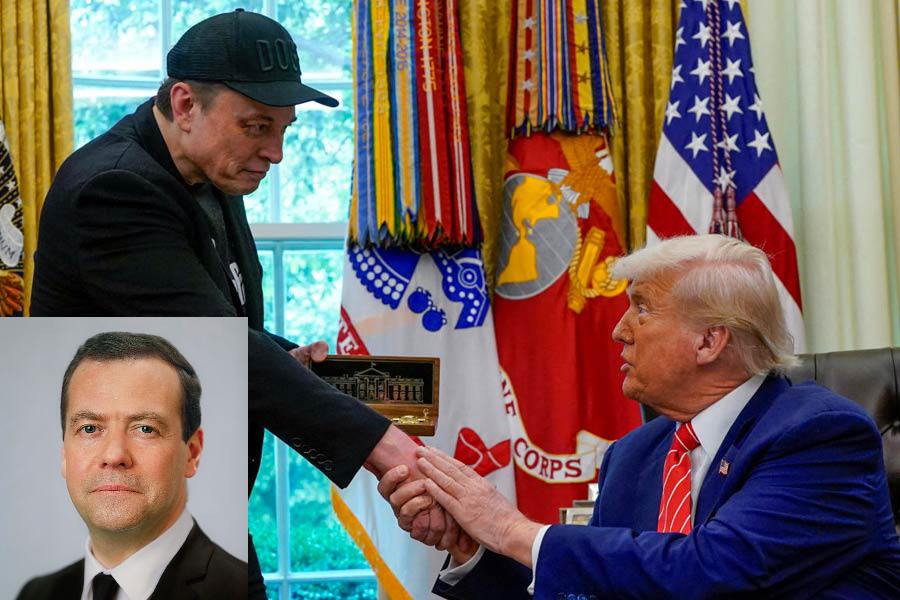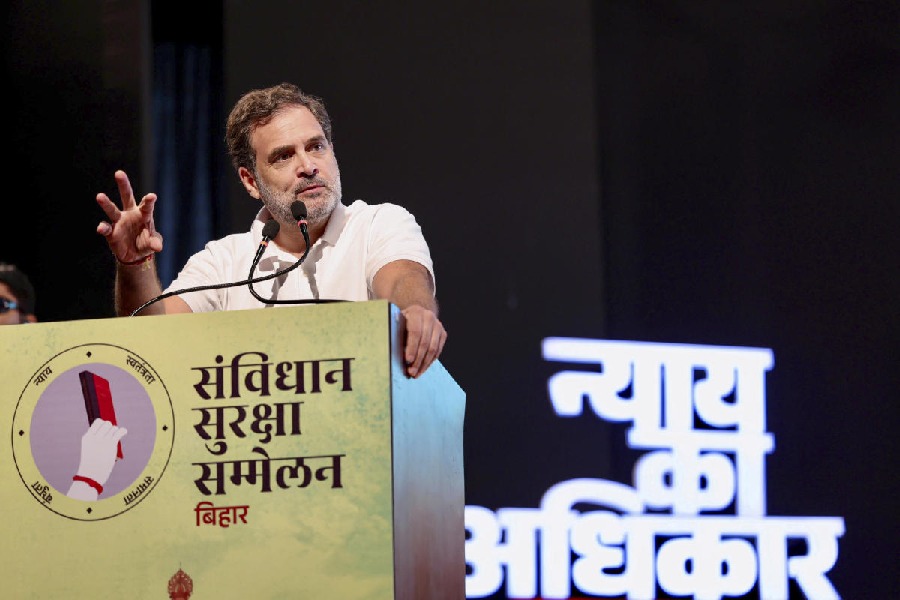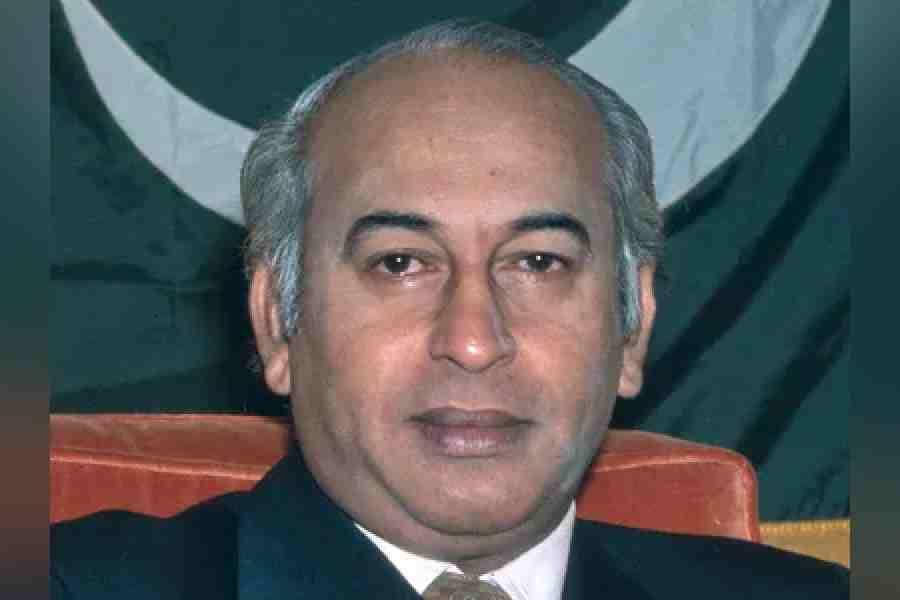 |
The state’s records are dismal. And more a person probes into it, the more dismal it becomes. Imagine any accident, or disorder — thalassemia or septicaemia — or any operation; the immediate and on the spot requirement is of blood. And often it is one of the rarest things for a common man to procure.
The state of Jharkhand, with a population of more than 2.61 crore, is dependent on 30 blood banks. Out of the 22 districts in the state, only 11 have blood banks. Out of these handful of districts, Giridih, Palamau, Deoghar and Dumka, have only one bank each. Ranchi is at least well-equipped compared to other districts with its 11 blood banks. But here many critics may question the safety of the available blood.
A survey held by a site; bharatbloodbank.com, estimates that in India at a gap of 2 seconds, someone is in dire need of blood. The site goes on to add that every year the nation requires around 4 crore units of blood, out of which only a meagre 5 Lakh units are actually available. In such a state, the probable thing to do would have been setting up more banks at each of the remaining district headquarters everywhere in India. But, so far state and Union governments have taken no efforts on this front.
Perhaps the problem does not lie with the government alone. It is as much the citizens’ duty to look into the matter. But most people remain aloof to the scarcity, till the need hits them personally. Even if people are not averse to the concept of blood donation, perhaps they are not aware of the great need. And adding on to the issue are notions and myths regarding blood donation.
More alarming than the scarcity is a “business” of unsafe blood (not cleared by doctors) being sold at different private banks. At present there is only one drug inspector operating in the state. But the sanctioned strength is for 70. Of these only 10 work, comprising five drug inspectors and five regional licensing authorities. Strangely, of the five inspectors, four are on training. But the business goes on, unexamined and unfettered.
Consider this case. In the industrial and heavily-populated town of Bokaro till February 2004 there used to be only one bank at Bokaro General Hospital (BGH). Today there are three, including two private banks — one set up in 2004 and the other in 2005. But the problem with BGH is that it did not and still does not cater to OPD patients.
But Bokaro has more than two dozen private nursing homes and hospitals that enjoy flourishing business . And some of the hospitals and nursing homes had been functioning before 2004, too.
Then, the question arises from where did they get all the required blood all these years and from where are they getting it nowadays? And how did they manage to get the mandatory tests done? It seems that no one is willing to answer the uncomfortable questions.
Those concerned have been categorically stating that the state requires more drug inspectors. But such people are perhaps barking up the wrong tree. Instead of seeking more inspectors, a system should be devised to prevent doctors from using blood procured from “wherever it was available”.
The onus, in practical terms, lies with the doctors. If they insist on the quality of blood and on a more transparent source then even without drug inspectors the menace of sub-standard or infected blood can be prevented. And as an inspector states, which drug inspector has the courage to enter an operation theatre, while a doctor is operating, asks a drug official.
Ultimately, in this blood war it is the patients from the fringes of the society and from poorer background who suffer the most. Most of them do not understand the vital problems about acceptable blood or clean source, as they are more concerned about the price.
“Ironically, it is this same group, which ends up paying more. Often they cough up more than Rs 5,000 for per unit, in areas where there are no banks. Their main concern becomes to save the life and at such desperate times any blood could do,” a bank source said.
While the buck passes around, the shortage of willing donors, lack of transparency in the method and doctors playing a passive role in the matter spells doom for the common people.










